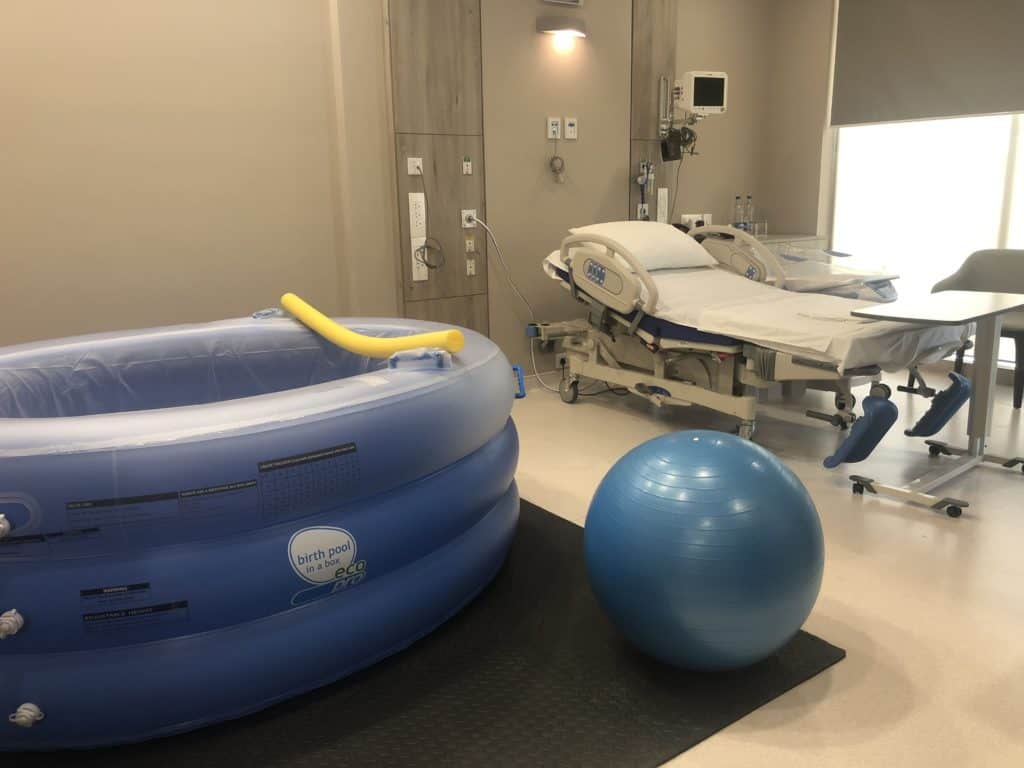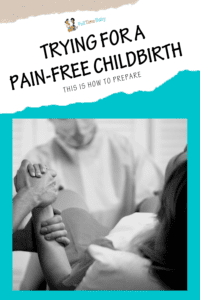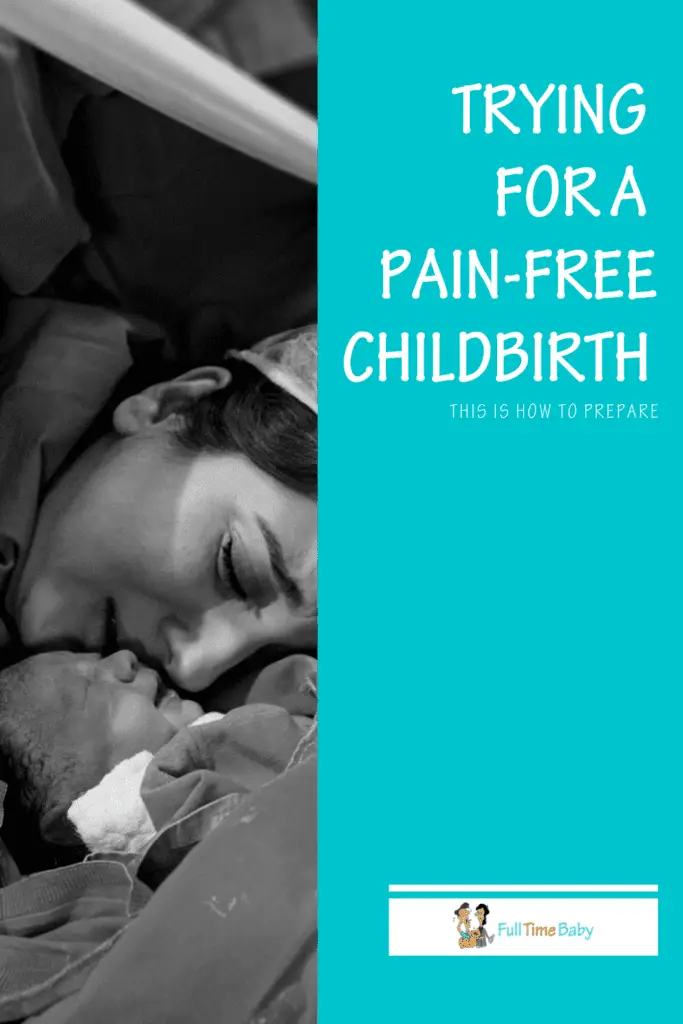Everyone tells you childbirth is going to be difficult and painful, and you don’t know when that moment will come. Perhaps drawing on your mother’s experience or family history, you get an idea of what it could be like. But the whole journey feels entirely out of your control.
Welcome to parenthood.
Birth Story
My first birth was a 30+ hour ordeal. I had an extensive birth plan covering every phase of the process, from early labor to delivery. I was trying for an unmedicated birth, even as my friends talked about epidurals and uneventful births. Getting an epidural does increase the risk of other medical interventions, possibly pushing you further towards a C-section, which I was trying to avoid.
I figured if women had been enduring childbirth for centuries, how bad could it be? At the very least I wanted to try drug free pain relief.
To be prepared and informed, I got to work. We took a childbirth preparation class at the hospital. I borrowed a ton of books on childbirth from the library, including Ina May’s Guide To Childbirth. My husband raised his eyebrows at the stacks of books I brought home, but showed no interest in adding to his reading list. Maybe I thought my husband was going to know what to do by osmosis, or that I’d at least be able to instruct him. I mean, I had a written birth plan right?
Boy was I naive about it. During the thick of the contractions you are just trying to get through them, one at a time. By the 20th hour when my husband whispered in my ear that I could still get an epidural, I was ready for it to end. Which actually probably meant the baby was close to coming.
Unfortunately getting the epidural at the eleventh hour seemed to increase my labor time. The pushing stage, which is the final step with the finish line in sight, lasted 6 hours for me. This stage often lasts half an hour to an hour for most women. In the end my baby also required vacuum extraction, which is more likely with epidurals as well.
Takeaways From My First Childbirth
If I could have a do-over, I would have probably hired a doula. They can be quite expensive, but I would have had a coach to take me through the process.
- Get checked before the epidural. I’d read advice that limiting vaginal checks can help so that you don’t get caught up in the number. (This is how far dilated you are) I didn’t even get checked right before the epidural, but it turns out that I was actually in transition already at 8cm dilated, which is pretty much the most painful stage. No wonder I gave in and got the epidural.
- Make sure my partner was clear on what I wanted. This was not something we could have predicted beforehand, and to his credit he did wait until hour 20 of watching me writhe in pain before suggesting the epidural. During labor women are often highly prone to suggestion though, and he definitely triggered that change in me to ask for medication.
- Change positions. I had forgotten about changing positions often and clearly didn’t remember to tell my husband to remind me either. In earlier labor I had been walking around but towards the end before the epidural I was mostly in bed.
You Want To Do That Again?
It’s pretty amazing that women decide after the first experience that they’ll do it again. But the body really does learn from the first time, which helps.
I also wanted a refresher on the process though, and see what I could do to bring my husband up to speed again. Throwing him books certainly wasn’t going to work.
There’s been an explosion of online courses since my first pregnancy, and during pregnancy you can’t underestimate the convenience of in home instruction and the ability to go back and review material.
For couples who want unmedicated intervention free birth I’d highly recommend an online birth course. I tried a few and here are my favorites. They are great for both pregnant women and partners.
Online Childbirth Class Reviews
Kopa Prepared Plus
Features:
1. Extended 7-Month Course Access Period
2. Kopa® Meal Plans
3. Kopa Birth® Relaxation Triggers Class
4. Kopa® Partner Total Mommy Fitness – Prenatal Fitness: Fitness Instruction & Workouts for Each Trimester
5. Kopa Birth® Newborn Babywearing Basics
6. Partner Labor Guides®
7. “Positive Affirmations for Labor” and “Touch Relaxation” Audio Downloads
The Kopa class was a comprehensive overview with about 12 hours of video in the childbirth class, guided meditations and imagery tracks, a meal plan, and Partner Labor Guides. One of the videos actually shows a live natural birth if you are so inclined. Many pregnant women find this helpful, but if you really can’t stomach it, the beauty of an online course is that you can skip around and fast forward if you feel the need. If you spend 2 nights a week you should be able to finish the class in 4 weeks.
Class 1 is offered for FREE so you can try it out without obligation.
While enrolling in the class you receive helpful videos that help keep you on track.
Birth Boot Camp
Birth Boot Camp provides an incredibly comprehensive program with videos, worksheets, and even dietary guidelines for what seems like every possible scenario of birth! The videos are quite long but can be watched on demand.
Even in preparing for my second birth I found it quite useful. I would encourage partners to also watch, so that he (or she) gets familiar with the process, knows, what to expect, and can provide the best support. During my first labor I seemed to have some expectation that my husband had learned what I had read about childbirth through osmosis. He had not.
Childbirth is an incredibly physical and mental journey with plenty of wrenches thrown in along the way.
The videos are refreshing in that they’re not one educator lecturing, but 2 experts having a conversation about all the possible considerations related to childbirth.
There are even videos of live births to get you prepared for the process.
I enjoyed the holistic approach of this course. While you may not have time to get to everything, any time you spend will help you learn. As is important in motherhood, the best you can do is still the best.






